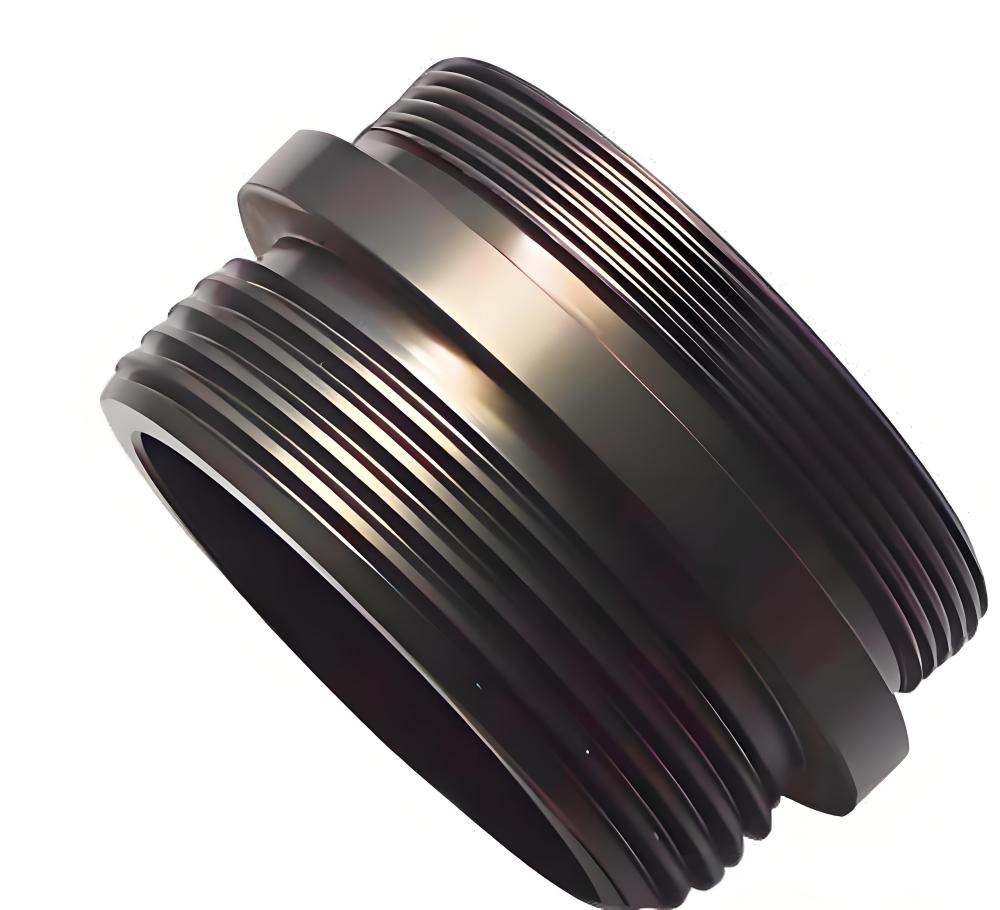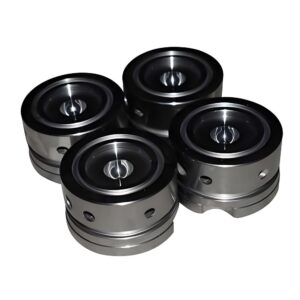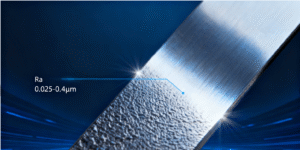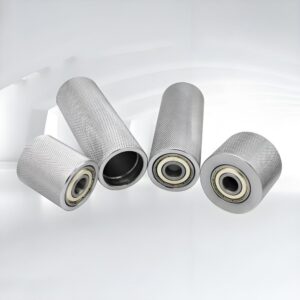In the world of metal finishing, passivation stands out as a game-changer for ensuring long-lasting, corrosion-resistant components. It’s a process that’s vital for industries like aerospace, medical, and food production, where precision and reliability are non-negotiable. This blog takes a deep dive into what makes passivation so essential, exploring its methods, applications, and advantages with a practical, down-to-earth perspective for businesses worldwide.
What is Passivation in Metal Finishing?
Passivation is a chemical treatment that enhances the corrosion resistance of metals, especially stainless steel, by creating a protective oxide layer. This process removes surface contaminants like free iron, grease, or dirt, which can trigger rust over time. By fostering a robust, natural barrier, passivation helps metal parts withstand harsh environments without losing their integrity.
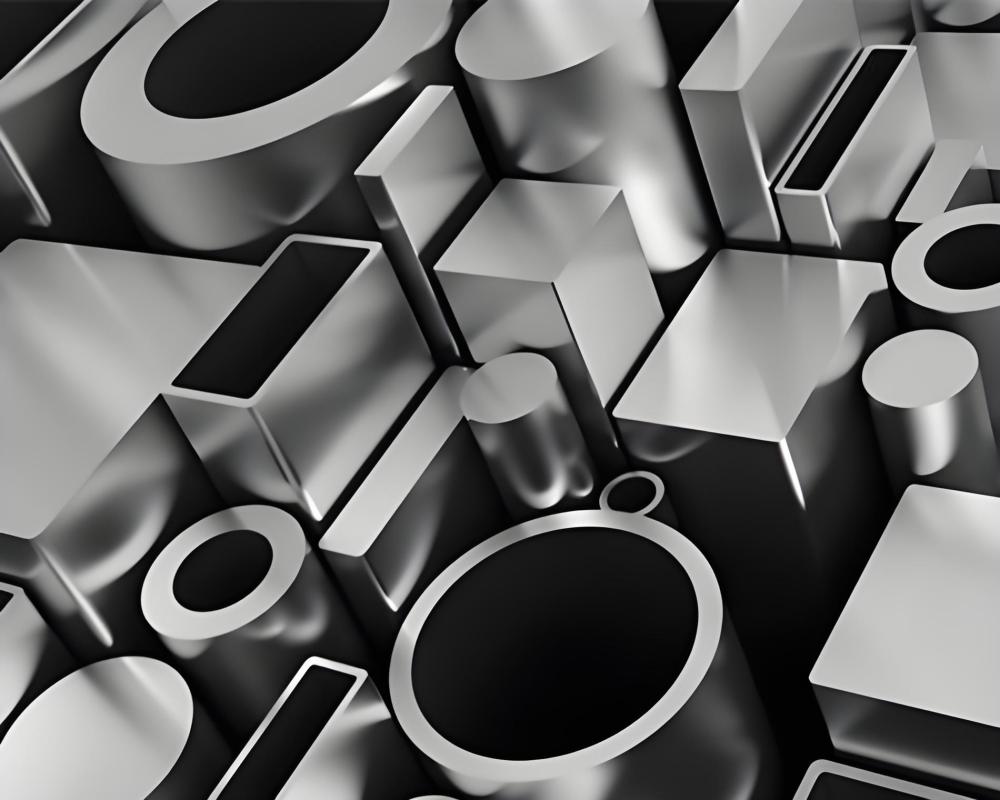
Think of it as giving metal a shield that works with its natural properties, rather than slapping on an artificial coating. It’s a go-to solution for industries that demand high-performance parts, from surgical tools to aircraft fittings, and it’s both cost-effective and eco-conscious when done right.
How Does Passivation Strengthen Metal Surfaces?
The passivation process is a carefully orchestrated series of steps designed to clean and protect metal surfaces. It typically involves submerging parts in an acid-based solution to strip away impurities and encourage the formation of a passive oxide layer. This layer acts like a fortress, guarding against corrosion caused by moisture, chemicals, or other environmental factors.
The process starts with thorough cleaning to remove oils or debris, followed by immersion in a specialized solution. After rinsing and drying, the metal emerges with a fortified surface ready to take on tough conditions. It’s a bit like giving your car a wax job, but instead of shine, you’re adding years of durability.
Steps in the Passivation Process
- Surface Cleaning: Removes grease, dirt, or machining residues to prep the metal.
- Chemical Treatment: An acid solution dissolves free iron, leaving chromium and nickel to form a protective layer.
- Rinsing: Washes away residual chemicals to ensure a clean finish.
- Drying: Eliminates moisture to prevent spotting and ensure a uniform oxide layer.
This methodical approach ensures metal parts are not only clean but also primed for long-term performance in demanding applications.
Types of Passivation Techniques
Passivation isn’t a one-size-fits-all process. Different methods cater to specific materials and industry needs, each with its own strengths. Here’s a look at the most common techniques used today.
Nitric Acid Passivation for Robust Results
Nitric acid passivation is a time-tested method that uses a strong acid solution to remove surface iron and promote a corrosion-resistant oxide layer. It’s a favorite in industries like aerospace and medical device manufacturing, where precision and reliability are critical. The process is highly effective for most stainless steel grades, delivering consistent results.
That said, nitric acid is potent stuff, and handling it requires strict safety measures and proper disposal to meet environmental standards. Still, its proven track record makes it a top choice for many manufacturers.
Citric Acid Passivation for Eco-Friendly Finishing
For companies looking to go green, citric acid passivation is a standout option. This method uses a biodegradable acid derived from citrus fruits, making it safer for both workers and the environment. It’s particularly effective for certain stainless steel alloys and is widely used in food processing and pharmaceutical applications, where hygiene is paramount.
While citric acid may take a bit longer to achieve the same results as nitric acid, its sustainability and ease of disposal make it a compelling choice for modern manufacturers.
Electrochemical Passivation for Precision Parts
Electrochemical passivation, often called electropolishing, takes things up a notch by combining chemical and electrical processes. This method smooths the metal surface while enhancing its corrosion resistance, making it ideal for complex parts with intricate shapes. It’s a go-to for high-stakes applications like medical implants or semiconductor components, where flawless surfaces are a must.
The catch? Electrochemical passivation requires specialized equipment and expertise, which can drive up costs. But for industries where precision is everything, it’s worth the investment.
Where Passivation Shines: Key Applications
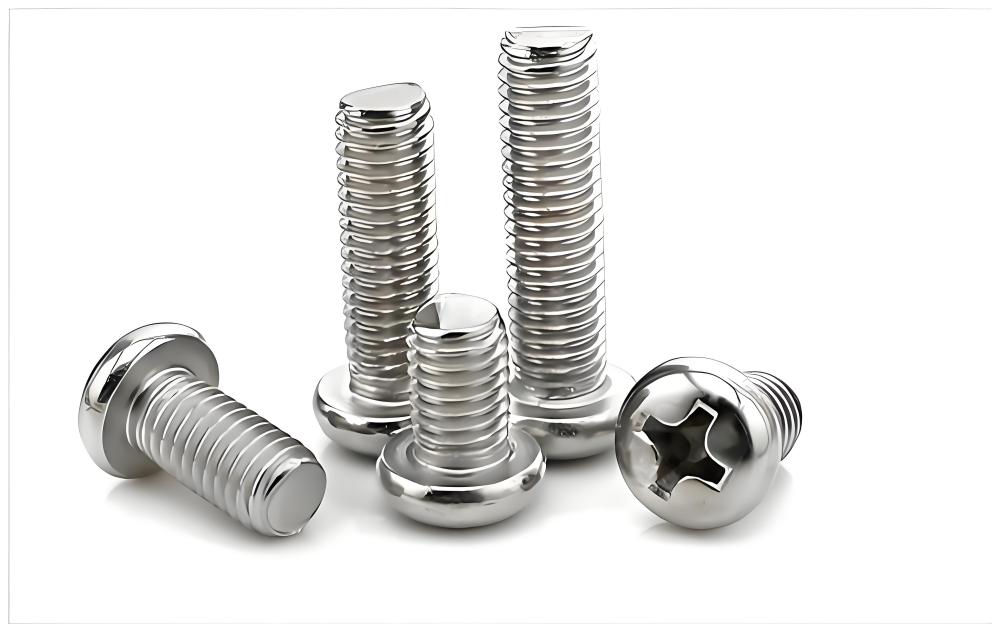
Passivation is a versatile process that plays a starring role in industries where durability and performance are critical. By protecting metal surfaces from corrosion, it ensures components can handle tough conditions without breaking down. Here are some key areas where passivation makes a difference:
- Aerospace: From fasteners to structural components, passivation keeps aircraft parts corrosion-free in extreme weather.
- Medical Devices: Surgical tools and implants rely on passivation for biocompatibility and resistance to bodily fluids.
- Food Processing: Stainless steel equipment in food production stays hygienic and rust-free with passivation.
- Marine Environments: Passivated parts withstand saltwater exposure, making them ideal for boats and offshore platforms.
- Automotive: Exhaust systems and fuel lines benefit from passivation’s ability to extend component life.
By boosting durability, passivation helps businesses save on maintenance and replacements, delivering value across the board.
Benefits and Challenges of Passivation in Metal Finishing
Passivation offers a host of advantages, but it’s not without its hurdles. Understanding both sides helps businesses make smart choices about their metal finishing needs.
Advantages of Passivation
- Superior Corrosion Protection: The oxide layer acts as a barrier against rust and environmental damage.
- Polished Appearance: Passivation leaves metal surfaces clean and visually appealing.
- Longer Component Life: By preventing corrosion, passivation extends the usability of metal parts.
- Regulatory Compliance: Industries like medical and food processing often require passivation to meet strict standards.
- Sustainable Options: Methods like citric acid passivation align with eco-friendly manufacturing goals.
Challenges to Consider
- Process Precision: Passivation demands careful control of variables like chemical concentration and immersion time.
- Material Specificity: While ideal for stainless steel, passivation may not work as well for other metals.
- Environmental Impact: Nitric acid processes involve hazardous chemicals, requiring responsible handling.
- Cost Factors: Advanced techniques like electropolishing can be pricey due to specialized equipment.
By balancing these pros and cons, companies can choose the right passivation method for their specific projects.
Clearing Up Misconceptions About Passivation
Passivation is widely used, but it’s often misunderstood. Let’s set the record straight on some common myths to help businesses make informed decisions.
- It’s Just a Coating: Passivation doesn’t add a layer; it enhances the metal’s natural oxide barrier.
- Only for Stainless Steel: While best for stainless steel, passivation can work on metals like titanium in specialized cases.
- It Stops All Corrosion: Passivation greatly reduces corrosion but can’t eliminate it entirely in extreme conditions.
- All Methods Are Equal: Nitric, citric, and electrochemical passivation each have unique benefits and trade-offs.
By debunking these myths, businesses can better understand how to leverage passivation for their needs.
Why Precionn is Your Go-To for Passivation Expertise
When it comes to top-notch passivation services, Precionn delivers unmatched quality and precision. Specializing in the machining industry, Precionn offers tailored solutions for international clients, from nitric and citric acid passivation to advanced electrochemical techniques. With a focus on quality, sustainability, and compliance with global standards, Precionn ensures your metal components are built to last, even in the toughest environments. Visit their website to explore their full range of machining and finishing services and see how they can elevate your next project.

